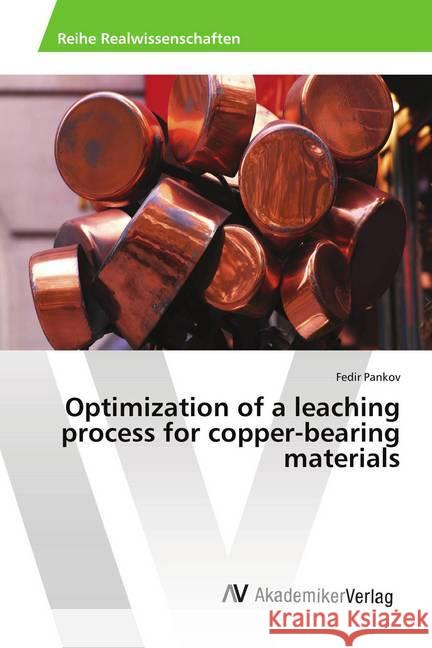Optimization of a leaching process for copper-bearing materials » książka
Optimization of a leaching process for copper-bearing materials
ISBN-13: 9783330520943 / Niemiecki / Miękka / 2017 / 92 str.
The ore deposit of the European copper shale (kupferschiefer) is large sediment-hosted copper deposits with a high content of base metals, precious metals and PGM. The Copper shale ore possesses a large content of carbonate rocks up to 75% that hinders traditional bioleaching with acidophilic microorganisms. Therefore heterotrophic microorganisms were examined with respect to metals leaching at neutral pH to avoid carbonates dissolution.In the present thesis optimization of the leaching process was investigated employing heterotrophic microorganisms to produce leaching agents as citric acid, acetic acid, ammonium and poly-Gamma-glutamic acid by Kombucha-culture, Yarrowia lipolytica, Sporosarcina ureae and Bacillus licheniformis respectively. Copper shale ore samples come that from Mansfeld mining waste dump (Germany), Sangerhausen mine (Germany) and Rudna mine (Poland) were leached with biologically produced leaching agents. Chemical analyses of ore samples demonstrate leaching kinetic and efficiency reaching copper yield up to 45.1%.











